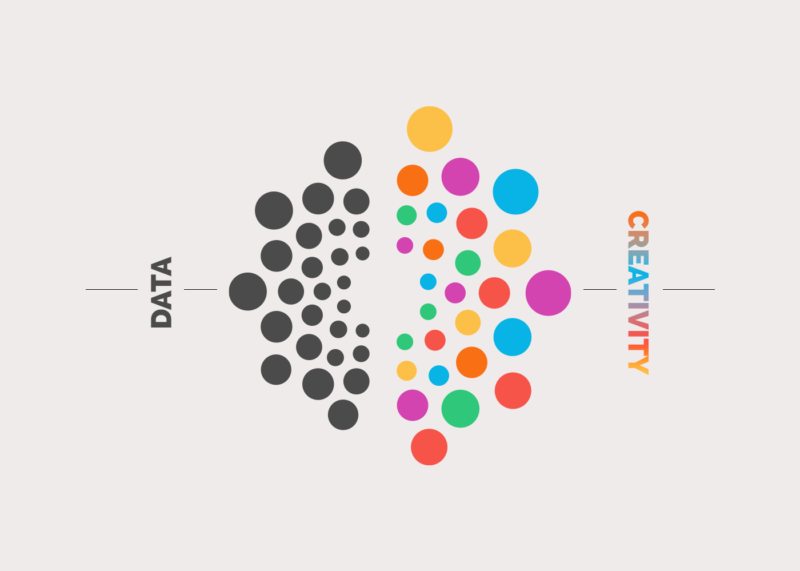Science and art are often thought of as two completely separate things in life – even opposing forces. But just look at a flower, and you know that couldn’t be more wrong. Science and art are vital, symbiotic pieces of the puzzle of nature.
In a similar way, the “science” and “art” of marketing – analytics and creativity – tend to be viewed as mutually exclusive. It’s thought that focusing on data may thwart creativity, and that focusing on creativity might cause you to fall short of a campaign’s goals.
Distilled to their essential purposes, data and creativity are symbiotic; data is how we understand the world around us, and creativity is how we respond.
But when you treat the two as puzzle pieces, just like a flower, and give them both equal respect, you see how breathtaking – and effective – the result can be. Distilled to their essential purposes, data and creativity are symbiotic; data is how we understand the world around us, and creativity is how we respond.
Often, the one-or-the-other mindset is a symptom of disorganization upstream: a need for more clarity of objective, commitment to business goals, and/or cohesive branding guidelines. This disorganization can lead the analytics team and the creative team to work toward separate objectives: efficiency metrics for the analytics team and visual novelty and cleverness for the creative team. When this happens, both miss the bigger picture of the business goals, leading to lost opportunities.
The root of the problem is the need for a clearly stated, shared primary objective. Efficiency metrics, visual novelty, and cleverness all contribute to success. Still, individual contributors untethered by a common primary objective will go off in various directions chasing their own performance indicators.
The next time you feel the first pang of conflict between data and creative teams, consider a short exercise: Pass out index cards and ask everyone to write their answer to the question, “What are we trying to do here?” The exercise has multiple benefits: First, reviewing the answers as a group builds camaraderie by exposing different viewpoints. Second, it gives the leader an indication of how cohesive the group is. Third, it forces the issue of having a clearly stated primary objective. Once everyone agrees, they have an emotional stake in holding themselves to that objective as the work moves forward.
When everyone is working toward the same clear goal, the work from individual contributors, and from each team, propels the project toward a result that is greater than the sum of its parts. In the words of Henry Ford, “If everyone is moving forward together, then success takes care of itself.”


